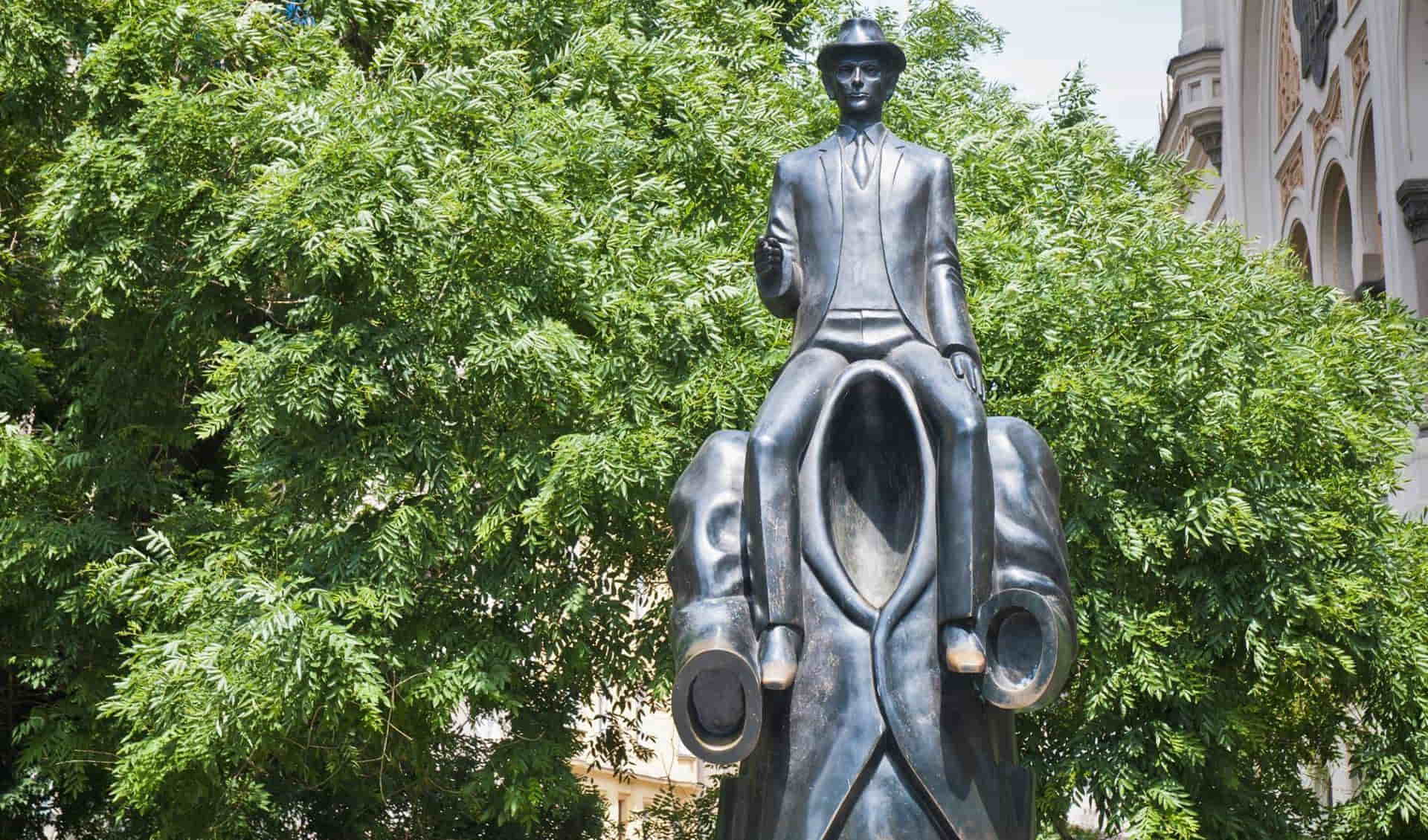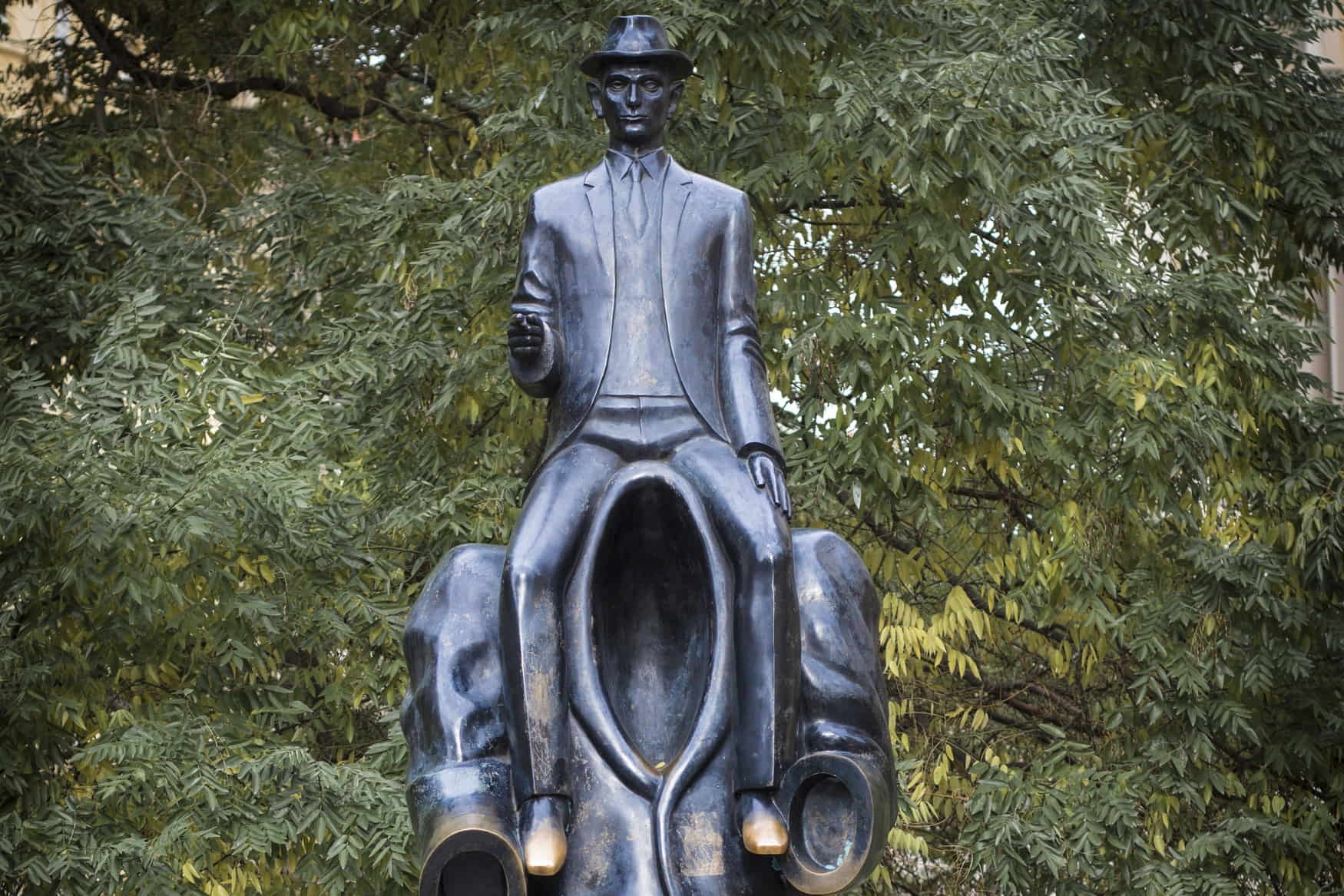Nestled in the heart of Prague’s historic Jewish Quarter, a unique and thought-provoking sculpture captures the imagination of both young and old. It is no ordinary statue; it is a remarkable homage to one of the city's most intriguing former residents, Franz Kafka. Created by sculptor Jaroslav Róna in 2003, the statue depicts the author in a scene from his early short story, "Description of a Struggle." It shows Kafka riding on the shoulders of a headless figure. The statue is surreal and strange, just as Kafka would have liked it.
Visiting this statue provides an excellent opportunity for families to introduce their children to Kafka’s literary significance while enjoying Prague's artistic flair. The awe-inspiring statue is more than a mere attraction; it sparks curiosity and encourages discussions about art, history, and literature, making it a must-see stop on any family-friendly city tour.
The statue is a popular tourist attraction and a must-see for those interested in Franz Kafka's life and work.
Contents
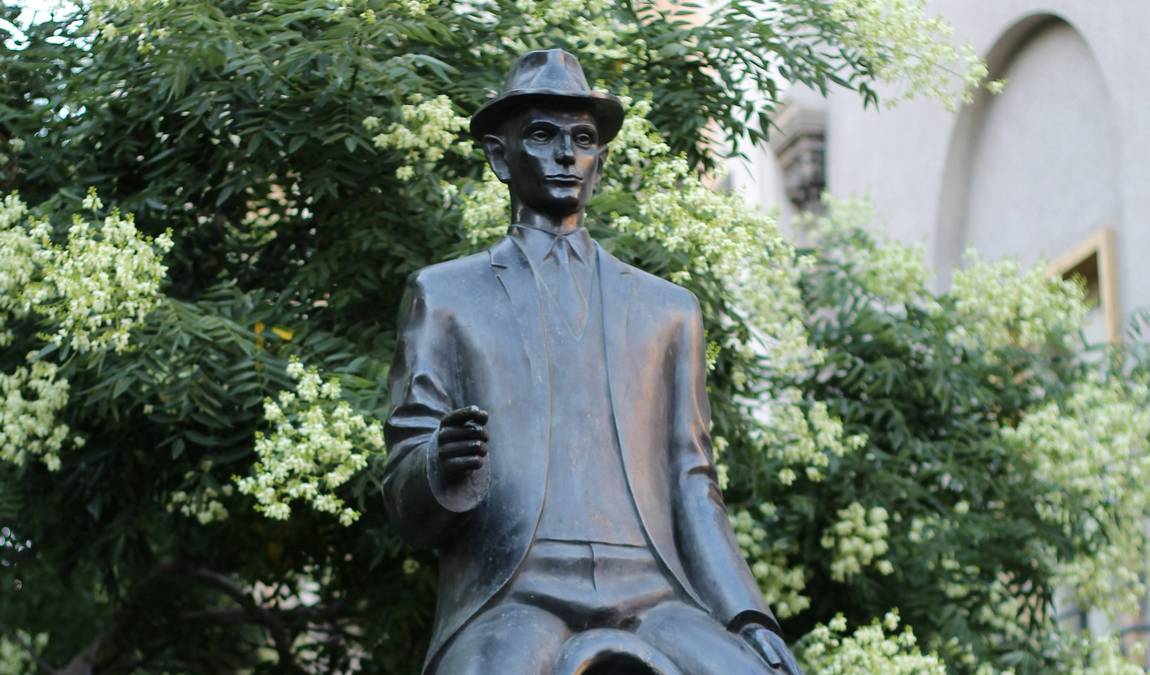 Photo: unsplash.com
Photo: unsplash.com
Why It Might Be Interesting for Kids
Children are naturally drawn to tangible representations of stories and imaginary worlds, so visiting the Statue of Franz Kafka in Prague can be an intriguing experience for them. Here are three main reasons why the Franz Kafka Statue is worth visiting with kids:
- Unique Artistic Representation: The one-of-a-kind 'equestrian' statue in bronze by Jaroslav Róna is based on the short story "Description of a Struggle." The statue depicts Franz Kafka sitting astride a headless figure. This empty suit can spark children's imagination and curiosity about its meaning and Kafka's literature.
- Local Connection: Franz Kafka, a prodigy from Prague, was born in the city and grew up in the old Jewish Quarter. His memory and influence live on through the various dedications throughout the city. Learning about a local literary figure can be engaging for children. It can help them connect with the city's history and culture.
- Puzzling and Thought-Provoking: The statue is described as tall and puzzling, which can prompt children to observe, question, and interpret the artwork. It allows them to discuss the significance of art, literature, and the statue to Kafka's life and work.
The statue is most suitable for children aged 10 and up who can appreciate the movement and grasp the essential historical context. Its imaginative form provides a playful introduction to Prague's art and can spark a lifelong interest in culture and literature. The Kafka statue isn't just a monument; it's a conversation starter for parents and an unforgettable sight for young tourists.
Another exceptional piece, often confused with Róna's work, is the kinetic sculpture by David Černý. This sculpture, known as the Head of Franz Kafka, consists of 42 stainless steel rotating panels that align to form Kafka's face, symbolizing the fragmented nature of Kafka's identity and his writings.
Franz Kafka's Life and Legacy
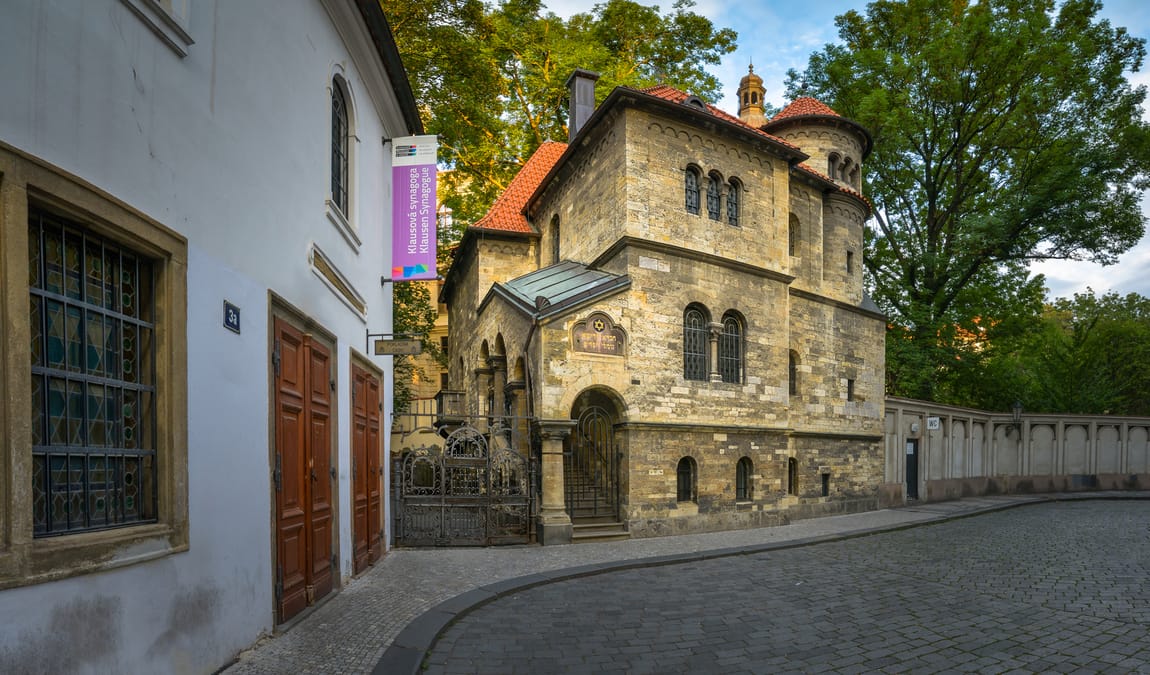 Photo: prague.eu
Photo: prague.eu
Franz Kafka, an iconic German-language writer from Prague's Jewish Quarter, has left a towering legacy in literature. His profound influence and recognition extend far beyond his lifetime.
Kafka's literary prowess secured him a reputation as a seminal figure in 20th-century literature. He authored an array of visionary fiction, exploring themes of existential anxiety and alienation that continue to resonate with readers. One must visit Prague to be reminded of works like The Metamorphosis and The Trial, which cement Kafka's status as a preeminent Bohemian German-language writer.
The indelible mark Kafka left on the world is encapsulated by the eponymous Franz Kafka Society, which is dedicated to preserving his work and legacy. His influence permeates modern culture, reaching various artistic domains, including literature, film, and theater. Recognitions such as the Kafka statue in Prague signify his standing as a literary icon in the Jewish Quarter, where his stories began, with a resonance that appeals to all — families and scholars alike.
Design and Symbolism
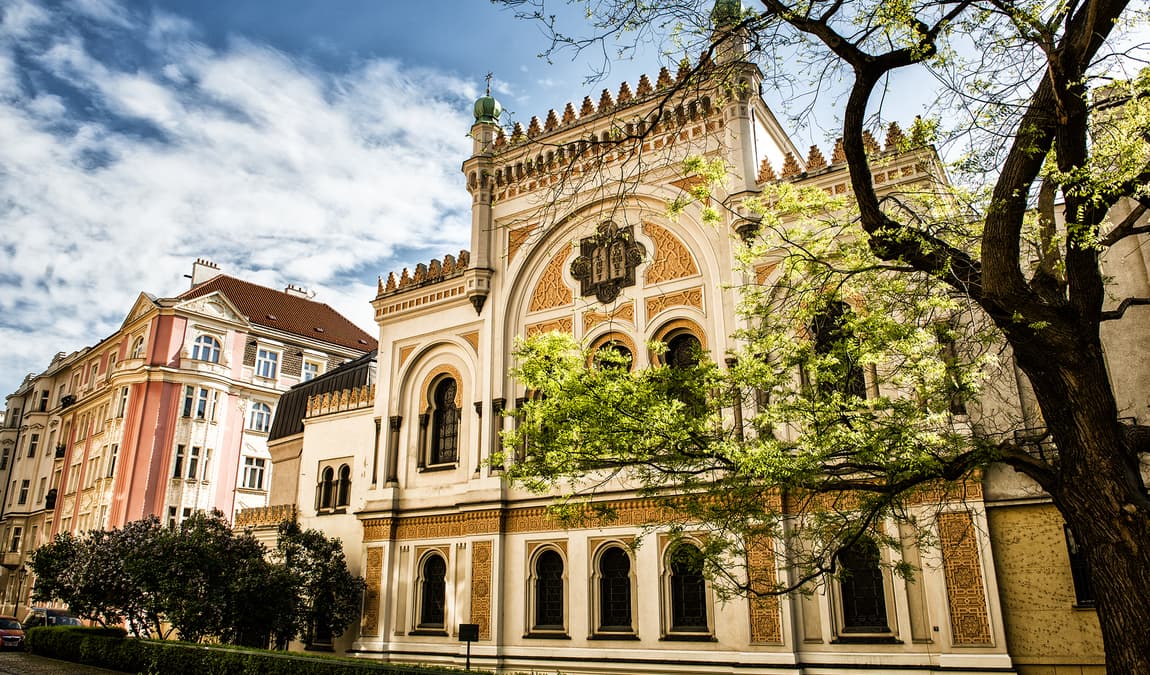 Photo: prague.eu
Photo: prague.eu
Prague is home to a remarkable tribute to one of its most enigmatic literary figures. The Franz Kafka Statue is an artistic homage to the renowned writer, a feat of modern engineering, and a cultural touchstone within the ancient city streets. The Statue of Franz Kafka is a captivating installation in the historic Jewish Quarter near the Spanish Synagogue.
This untraditional “equestrian” statue of bronze is 3.75 m high and weighs 800 kg. The Franz Kafka Society initiated the statue's creation at the beginning of the 1990s. It was unveiled in 2003, and in 2004, it was awarded the Grand Prix of the Community of Architects in the category of visual artistic work in architecture. The statue's proximity to Kafka's birthplace makes it a poignant stop for those traversing the cobbled lanes of the Old Town.
Jaroslav Róna's statue, inspired by Kafka's work "Description of a Struggle," features a more petite figure of Franz Kafka riding on the shoulders of a headless, handless figure, suggesting a labyrinth of bureaucracy and the individual's battle within it.
Impact on Local Culture
 Photo: prague.eu
Photo: prague.eu
Both sculptures have become pivotal cultural icons in Prague. The Franz Kafka Statue beckons countless families with its intriguing design, capturing the imaginations of both adults and children alike. It sparks curiosity in the uninitiated and offers a moment of reflection for those familiar with Kafka's work. The statues pay tribute to the author and have inspired many to delve into his complex tales.
Prague honors its iconic literary figure, Franz Kafka, with remarkable statues that capture the essence of his existential writing. Visitors to Prague — families and literary fans alike — can explore these monuments that embody Kafka's influence on the city.
Best Time to Visit
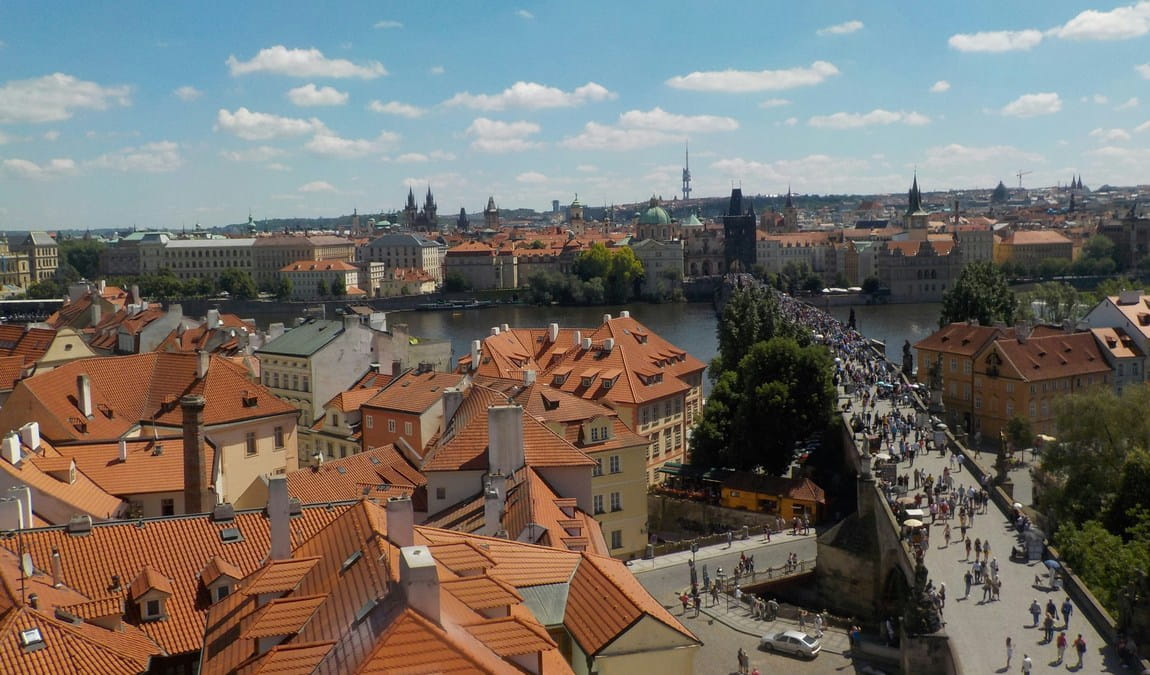 Photo: unsplash.com
Photo: unsplash.com
Visiting the Franz Kafka Statue in Prague can be an engaging cultural experience for families as they explore the Czech capital's rich history and modern art. However, timing is essential to ensure an enjoyable visit with children.
Weekdays vs. Weekends: Weekdays offer a quieter atmosphere, as weekends attract more visitors.
Evening Visit: During the summer months, evenings are particularly magical.
How Long Does It Take to Attend?
Visiting the Franz Kafka Statue is a swift and unique experience, well-suited for families exploring Prague.
For interested families:
- Statue Viewing: Approx. 5-10 minutes
- Photo Opportunity: Allow for an additional 5 minutes
Viewing the statue itself is free of charge, which means families can enjoy this marvel without a thought to budget.
Quick Facts:
- Accessibility: Always open to the public
- No Tickets Needed: Walk up and enjoy
- Duration: Less than 15 minutes, typically
Is Franz Kafka Statue Worth Visiting?
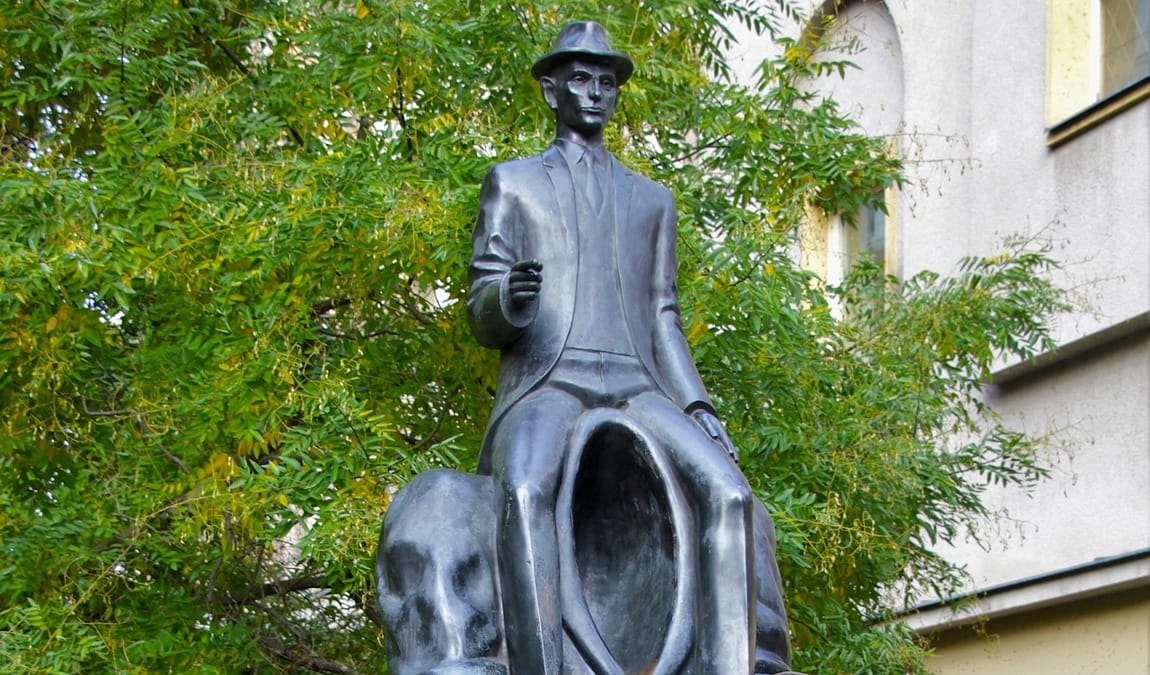 Photo: pixabay.com
Photo: pixabay.com
For families exploring Prague's vibrant cityscape, a unique attraction that captures both the imagination of adults and the curiosity of children is the Franz Kafka Statue. Located near the Spanish Synagogue, this visually engaging spectacle is a nod to one of Prague's most influential writers.
Accessibility is a key advantage; the statue is free and open to the public at all hours. It is an ideal stop for families with children who can marvel at its impressive mechanics anytime. The surrounding area is a hub of activity, offering family-friendly dining and shopping options that can turn your visit into a pleasant day.
For those keen on photography or to capture memories, the statue’s dynamic nature provides a distinct backdrop that changes from every angle.
Franz Kafka Statue is worth visiting for its accessibility, free admission, and the opportunity for an educational experience that intersects art with literature. It brings the story of a literary genius to life, making it not just a simple statue but an interactive piece of cultural history.
In conclusion, remembering Prague’s rich literary past can be an inspiring detour in your family's travel story. So, consider adding the memorable Franz Kafka Statue to your itinerary when planning your family's adventures!


